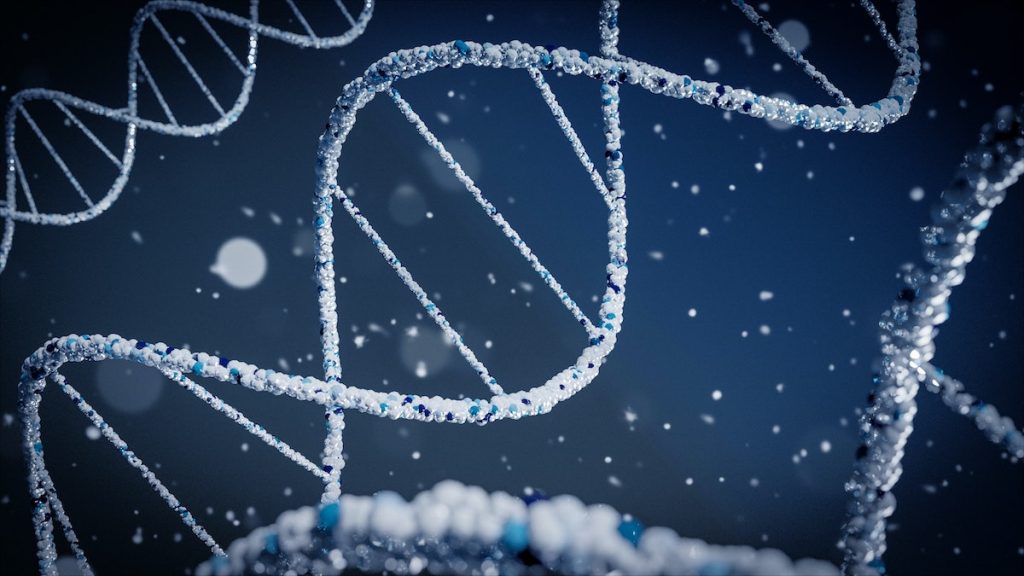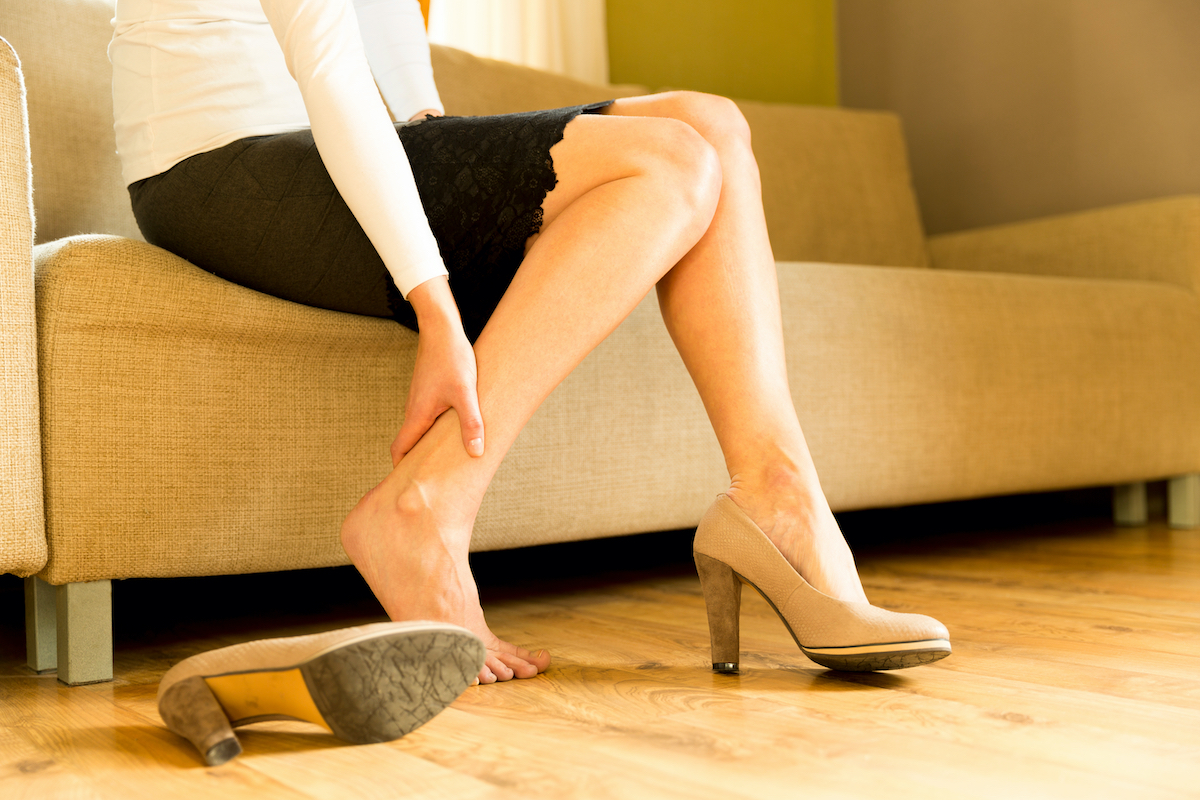Women are more likely to develop varicose veins for many reasons. Despite the fact that it is fairly common and affects 20 percent of the adult population, the number of people suffering from varicose or spider veins is mostly attributed to women.
Varicose and spider veins affect 70 percent of women and only 40 percent of men.
But why do varicose veins tend to show up in the legs of adult women as opposed to men?
Pregnancy
To give some light to the statistics above, pregnancy is one of the common causes of varicose veins. So it should not come as a surprise why the number of women having varicose veins is disproportional to men.
Varicose or spider veins appear during pregnancy because your uterus is now putting too much pressure on your large vein (which carries blood back from your feet and legs). They usually start to show up in the first trimester of your pregnancy.
It’s easy to spot varicose veins if you’re pregnant. They look like large, raised, twisted, blue or purple veins frequently found on the legs. Oftentimes, they can cause mild swelling in your ankles as well as aching or throbbing of your legs. They can also be the reason you experience leg cramps.
Keep in mind that varicose or spider veins are often harmless during pregnancy and they often get better after delivery.
However, if you’re still uncomfortable with having varicose veins, then you can do all these things to minimize its appearance.
- Avoid standing or sitting for too long
- Do not cross your legs when sitting
- Find ways to elevate your feet more often
- Wear maternity hose (maternity hose is the same as regular pantyhose)
- Try to do some light exercise
- Avoid wearing tight clothing
- Sleep on the left side of the best
Hereditary

If none of the things you do above work, then having varicose veins during pregnancy might just be in your genes. This means that they are hereditary and there is really not much you can do about it. Despite the many causes associated with varicose veins, being genetically predisposed is one of the most common ones.
Given that your mother or grandmother probably have them during their pregnancy as well, it would not hurt to ask and get their advice on how they managed or minimized theirs back in the day.
Even if you’re not pregnant, you can still be genetically predisposed to varicose veins. Varicose veins that occur in patients in their 20s or younger are said to be inherited in most cases.
Some people are just naturally born with abnormalities in their vein walls. This, in turn, separates the valves, causing them to become leaky and making you more prone to varicose or spider veins.
Hormonal Changes
Another factor that contributes to why women are more likely to develop varicose veins is hormonal changes. As we all know, women often experience hormonal changes due to menstruation, pre-menstruation, ovulation, and others. This explains why varicose veins are often linked to women.
Female hormones tend to relax vein walls during these hormonal period changes, making your varicose vein more noticeable or prominent.
Treatments for Varicose Veins
Even if you’re not pregnant, you can still do some of the things that we have cited above in order to minimize the appearance of varicose veins.
Aside from that, there are many natural and non-surgical methods for treating varicose veins such as
- Compression Stockings
- Sclerotherapy
- Laser treatment
- Closure ablation
For surgical approaches, you can look for a vein specialist in Phoenix, New York, Chicago, LA, Houston, or just any city that can help you.
Here are some of the common surgical approaches for treating varicose veins.
- Vein stripping
- Small Incision avulsion
- Transilluminated powered phlebectomy
Prevent the Worse
Even though varicose veins are often harmless, some cases of varicose or spider veins pose a health risk. This means the blue or purple lining in your legs may mean more than just a simple varicose vein.
A perfect example of this is a disease called chronic venous insufficiency. One of its many symptoms is varicose veins.
On top of that, if there is chronic swelling near your varicose veins and you often experience chronic pain then it would be best to consult with a doctor before it gets worse.
Self-help measures like the ones we listed before may ease your pain for a little bit, but these are no alternative treatments for diseases like chronic venous insufficiency. So it is in your best interest to consult your doctor immediately.
Conclusion
There are lots of things that come from being a woman, and one of these is being more prone to varicose veins.
Even though some find it unpleasant to look at, varicose veins are perfectly normal and not that big of a deal to stress about.
However, if you find yourself becoming more concerned about it, consult with your doctor and discuss the things that you should do.
All in all, you can minimize its appearance but it would always be hard to avoid it because it is part of our natural aging process as a woman.




